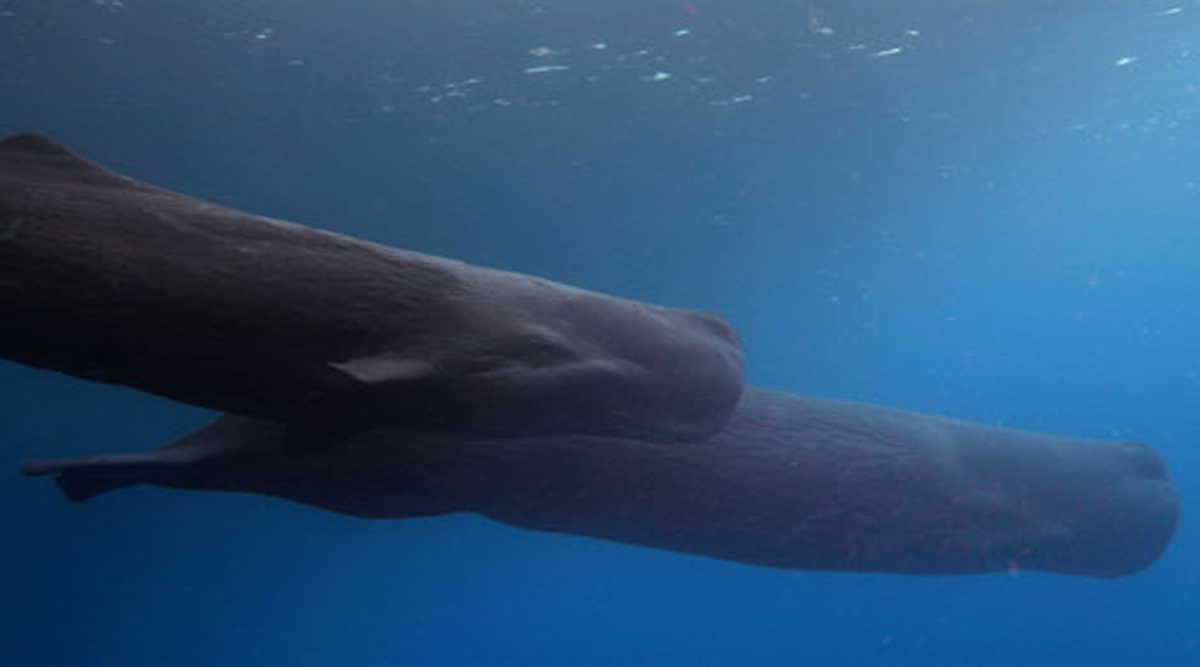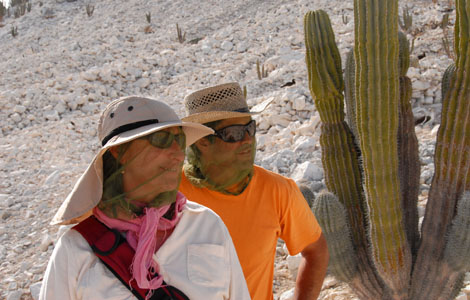
National Geographic journeys a thousand feet beneath the sea, to a world hidden from human eyes, to watch the earth’s largest predator pursue its prey. Using the most sophisticated “animal camera” yet devised, National Geographic tracks the sperm whale and its prey—the deep-sea squid—on a hunt that takes place so deep beneath the sea that no human has ever seen it before.
- SAN PEDRO MARTIR ISLAND, MEXICO: Head of the Cetacean Ecology Lab Marine Mammal Research Center, La Paz, Mexico, Diane Gendron and National Geographic Emerging Explorer Ryan Johnson.
- SAN PEDRO MARTIR ISLAND, MEXICO: Cameraman, Bob Cranston and a fin whale.
- Gulf of Mexico: Sperm whales swimming together. The sperm whale is the largest predator on Earth ItÕs the size of a bus and weighs as much as seven elephants! ItÕs an air-breathing mammal that can dive down over 2 kilometres (1.5 miles) to hunt for squid and stay down there for up 90 minutes
- SAN PEDRO MARTIR ISLAND, MEXICO: National Geographic Emerging Explorer Ryan Johnson and Dr. Randall Davis from Texas A & E University trying to tag sperm whales using a battery powered suction cup camera system.
- The waters around San Pedro Martit Island, Mexico.
- SAN PEDRO MARTIR ISLAND, MEXICO: National Geographic Emerging Explorer Ryan Johnson and a gray whale.








Sorry, the comment form is closed at this time.